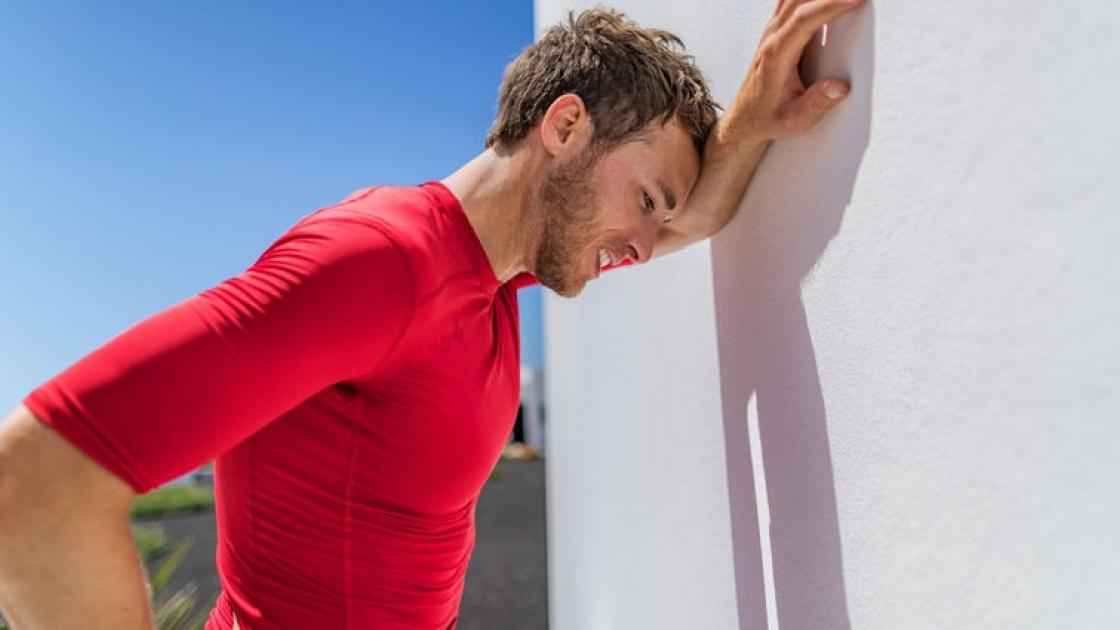
Know the warning signs of heat stroke
As we gear up for fun in the warmer weather, it's important to be aware of the causes, symptoms and risk factors of heat exhaustion and heat stroke. Read on and learn how to help you and your loved ones stay safer this summer.
What is heat stroke?
Your body can usually cool itself down by sweating. But if the weather is extremely hot and humid, or if you're affected by other factors that make it harder for your body to cool down, then your internal temperature can rise to dangerously high levels. This can happen very quickly in many cases.
Heat stroke is a type of hyperthermia. It's the opposite of hypothermia, which happens when your internal body temperature gets too low (below 95 degrees Fahrenheit). Normal body temperature for an adult ranges between 97 and 99 degrees Fahrenheit (37 degrees Celsius), which sounds pretty warm already! But if you're exposed to a hot environment and your temperature exceeds 103 degrees Fahrenheit, you are likely experiencing heat stroke.
With an internal temperature greater than 103 degrees, you're at risk of potentially life-threatening issues, including organ damage, seizures, coma and shock. If left untreated, heat stroke can be fatal. Since you don't walk around with a thermometer, there are other ways to tell if you're experiencing heat stroke besides taking your temperature. Here are the most important signs and symptoms of heat stroke:
- Muscle cramps
- Weakness
- Headaches
- Dizziness or lightheadedness
- Nausea and vomiting
- No more sweating
- Flushed skin
- Difficulty breathing
- Confusion, slurred speech and/or decreased alertness
- Rapid heart beat
- Dark-colored urine
- Fainting or passing out
- Seizures
Heat stroke vs. heat exhaustion
Heat stroke is a medical emergency that requires immediate attention in the emergency room. Heat exhaustion is the first step your body goes through when it starts to get too hot. If you respond quickly to signs and symptoms of heat exhaustion—such as nausea, lightheadedness, fatigue, excessive sweating, muscle cramps and dizziness—then you might be able to prevent heat stroke and avoid a hospital visit. (You should still tell your doctor if you experience heat exhaustion, though.)
Who gets heat stroke?
According to the U.S. Centers for Disease Control and Prevention, anyone can get heat stroke, but certain people may be at greater risk. This includes:
- Infants and children through age 4
- People aged 65 and older
- People who are overweight or obese
- People experiencing sunburn or dehydration
- People who have chronic health conditions, including heart disease or mental illness
- People who take certain medications or drugs, including alcohol
What to do if someone shows signs of heat exhaustion or heat stroke
The sooner you recognize and respond to signs and symptoms of heat exhaustion, the better chance you have of cooling the body back down and preventing heat stroke. At the first signs of heat-related illness, you should:
- Get out of the sun and into a cool, ideally air-conditioned place
- Remove tight clothing or any extra layers
- Use cold compresses or take a cold bath or shower (do not bathe or shower alone if you're feeling lightheaded and dizzy)
- Drink fluids
If you suspect a person has progressed to heat stroke, call 911 immediately. If you can, move the person into a cooler place and use cold compresses to help him/her cool down, but do NOT give fluids to a person showing signs of heat stroke unless otherwise directed by a medical professional.
Ready for a healthier summer?
At SIU Medicine, our diverse team of doctors, clinicians and researchers are at the forefront of clinical and academic medicine. We’re here to help our community stay healthy and active, especially in the warmer summer months. If you'd like to meet with a doctor who can get you safely back to the outdoor activities you love, contact SIU Medicine today at 217-545-8000.




